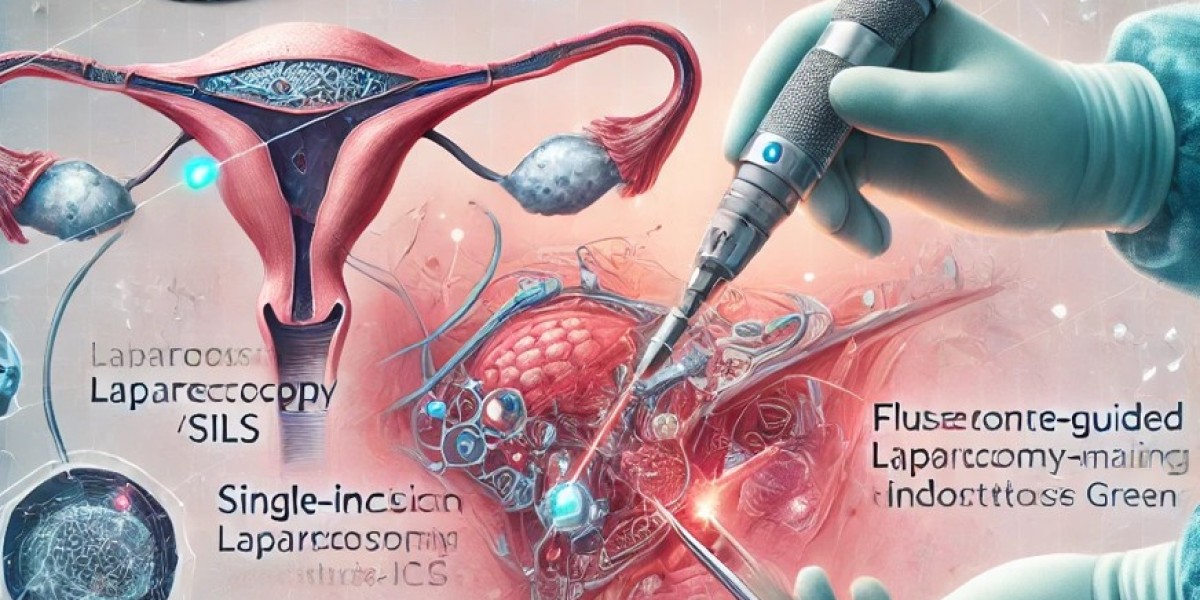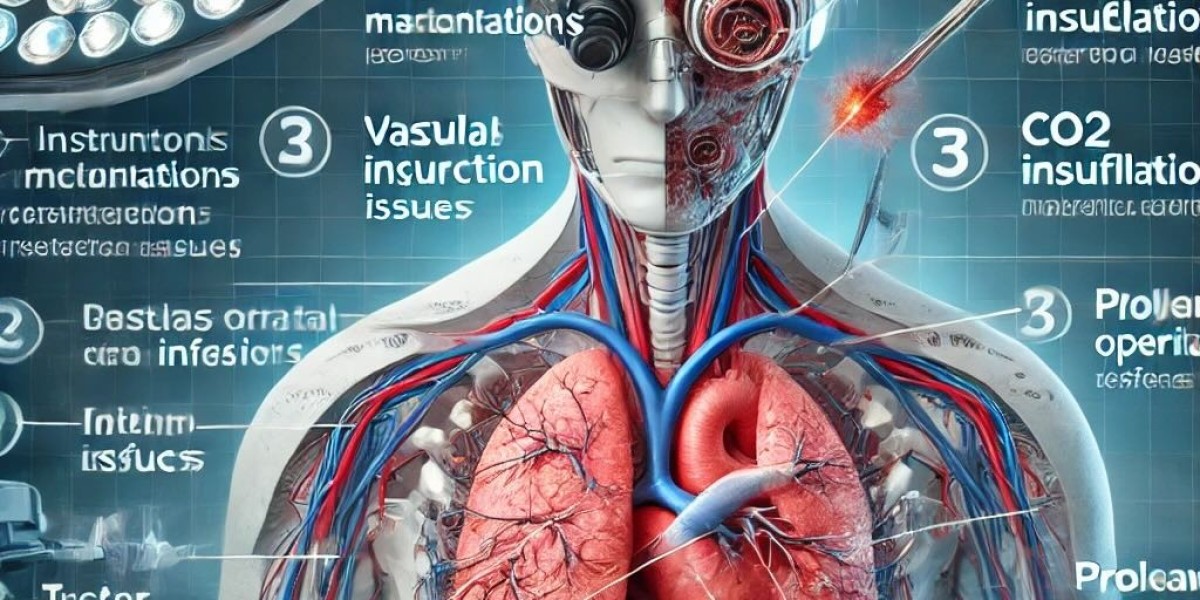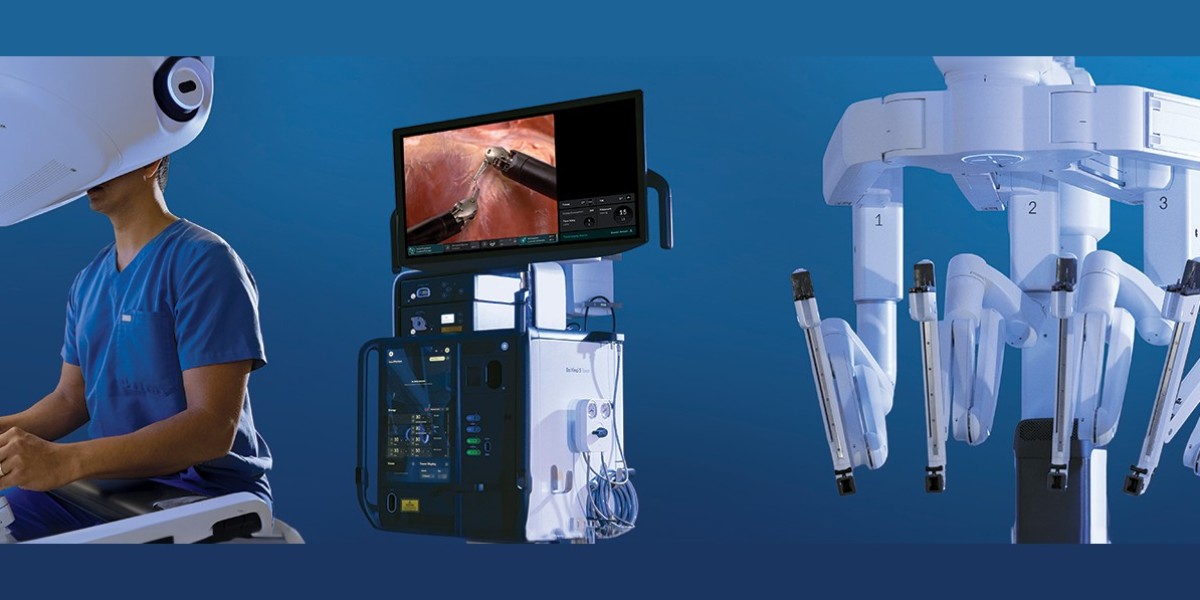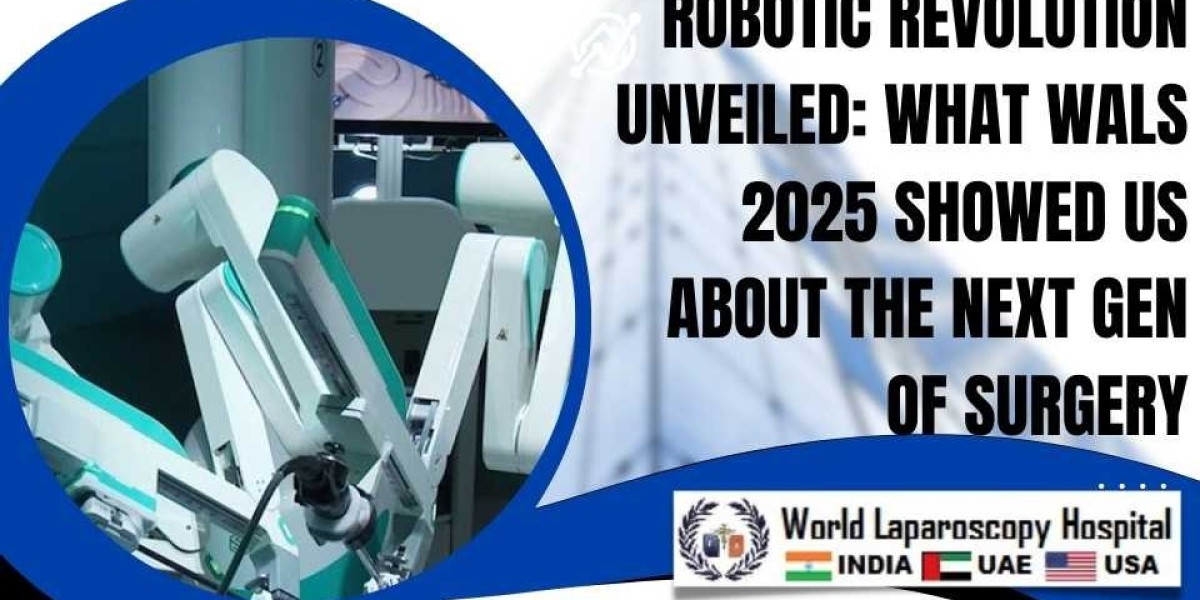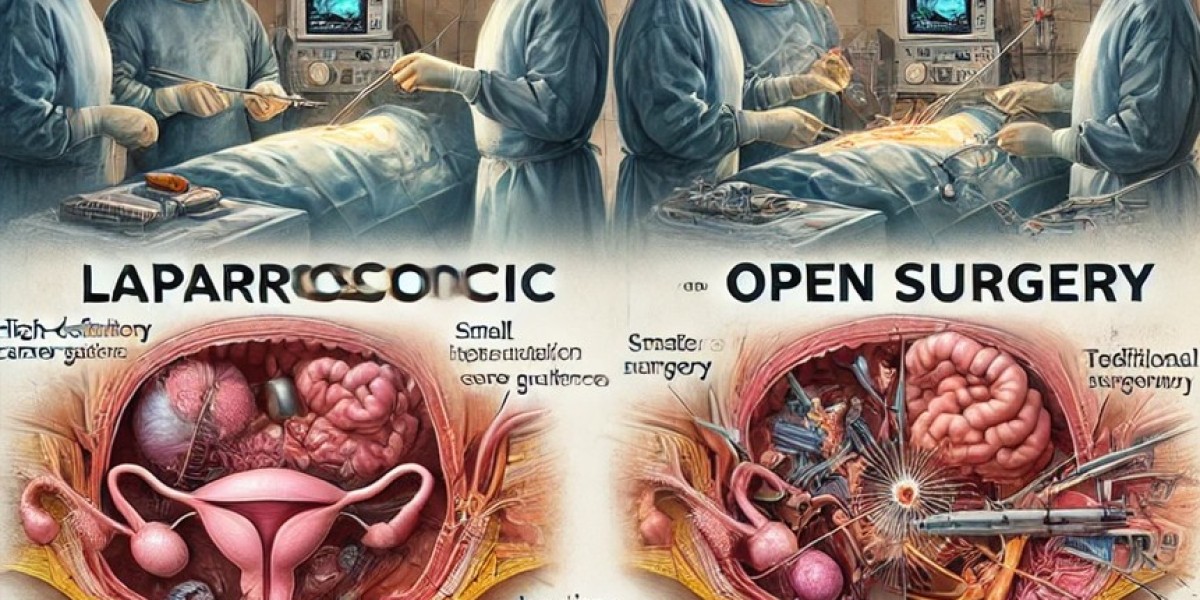Advancements in Laparoscopic Gynecological Surgeries: A Modern Approach
Introduction
Laparoscopic surgery has revolutionized gynecological procedures, offering a minimally invasive alternative to traditional open surgeries. Over the past few decades, rapid advancements in technology, instrumentation, and surgical techniques have significantly improved the precision, safety, and outcomes of laparoscopic gynecological procedures. This article explores the latest innovations in laparoscopic gynecological surgeries and their impact on modern surgical practice.
Key Advancements in Laparoscopic Gynecological Surgery
The field of laparoscopic gynecological surgery has witnessed remarkable progress with the integration of cutting-edge technologies and improved surgical methodologies. Some of the most notable advancements include:
1. High-Definition (HD) and 3D Imaging
Enhanced visualization through high-resolution cameras provides superior clarity for precise dissection.
3D imaging systems improve depth perception, reducing surgical errors and improving hand-eye coordination.
2. Robotic-Assisted Laparoscopic Surgery (RALS)
The Da Vinci robotic system allows greater dexterity, stability, and precision in complex gynecological surgeries.
Robotic platforms enable motion scaling and tremor filtration, allowing for delicate procedures such as hysterectomy, myomectomy, and sacrocolpopexy.
3. Single-Incision Laparoscopic Surgery (SILS)
A scarless approach using a single incision, typically at the umbilicus, reducing postoperative pain and enhancing cosmetic outcomes.
Commonly used for hysterectomy, oophorectomy, and endometriosis excision.
4. Fluorescence-Guided Surgery (FGS)
Utilization of near-infrared (NIR) imaging with indocyanine green (ICG) to enhance visualization of blood supply and lymphatic mapping.
Improves surgical precision in endometriosis excision and gynecologic oncology procedures.
5. Mini-Laparoscopy and Micro-Instrumentation
Introduction of 3mm and sub-3mm instruments provides the benefits of laparoscopy while further reducing tissue trauma.
Allows for virtually scarless procedures and faster recovery.
6. Energy-Based Hemostasis and Tissue Dissection
Advanced hemostatic devices such as harmonic scalpel, Ligasure, and plasma energy systems improve precision while minimizing thermal spread.
Reduces blood loss and operative time, enhancing patient safety.
7. Artificial Intelligence (AI) and Machine Learning in Surgery
AI-powered surgical assistance helps in real-time decision-making and predictive analytics.
Machine learning aids in procedure planning, skill assessment, and intraoperative guidance.
Common Gynecological Procedures Enhanced by Laparoscopy
Laparoscopy has become the gold standard for many gynecological conditions, improving patient outcomes and reducing recovery times. Key procedures include:
Laparoscopic Hysterectomy
The preferred approach for treating fibroids, abnormal uterine bleeding, and adenomyosis.
Reduces hospital stay and postoperative complications compared to open surgery.
Laparoscopic Myomectomy
Fibroid removal with preservation of the uterus for women seeking future fertility.
Minimizes blood loss and postoperative adhesion formation.
Laparoscopic Endometriosis Excision
Provides definitive treatment for deep infiltrating endometriosis (DIE) and improves pain relief and fertility outcomes.
Uses advanced energy devices and robotic assistance for precise excision.
Laparoscopic Ovarian Cystectomy
Allows for safe removal of benign ovarian cysts, preserving ovarian function.
Prevents recurrence while reducing postoperative pain.
Laparoscopic Tubal Surgery
Includes procedures like salpingectomy, salpingostomy, and tubal reanastomosis for tubal disease and infertility treatment.
Enhances fertility outcomes with minimal tissue trauma.
Laparoscopic Sacrocolpopexy
A minimally invasive technique for pelvic organ prolapse repair, offering long-term effectiveness.
Robotic-assisted approaches have further refined this technique.
Benefits of Advanced Laparoscopic Gynecological Surgery
The latest advancements in laparoscopic surgery offer numerous benefits for both surgeons and patients:
Reduced postoperative pain and faster recovery
Minimal scarring and improved cosmetic outcomes
Lower risk of infections and complications
Greater surgical precision and shorter operative times
Improved fertility outcomes in reproductive surgeries
The Future of Laparoscopic Gynecological Surgery
With continued research and technological innovation, laparoscopic gynecological surgery is set to become even more advanced. Future trends include:
Telesurgery and Remote-Assisted Procedures
Nanotechnology and Micro-Robotics for Ultra-Minimally Invasive Surgery
Augmented Reality (AR) for Intraoperative Navigation
AI-Enhanced Decision Support Systems
Conclusion
The advancements in laparoscopic gynecological surgery have transformed minimally invasive gynecology, allowing for safer, more effective, and patient-friendly surgical solutions. The integration of robotics, AI, and precision-guided imaging continues to push the boundaries of what is possible, improving outcomes and expanding surgical possibilities. As these technologies evolve, **laparoscopy will remain the cornerstone **
of modern gynecological surgery, shaping the future of women’s health care.
For ongoing updates and expert insights, stay connected with the World Association of Laparoscopic Surgeons (WALS).
